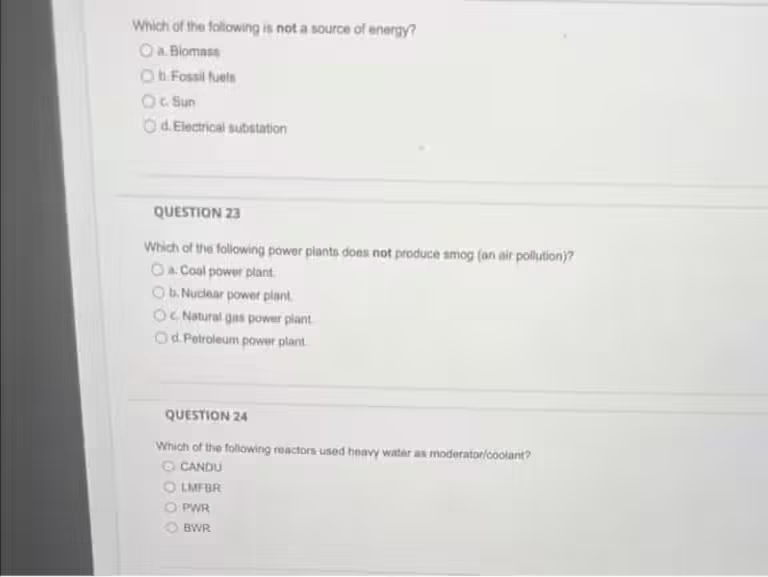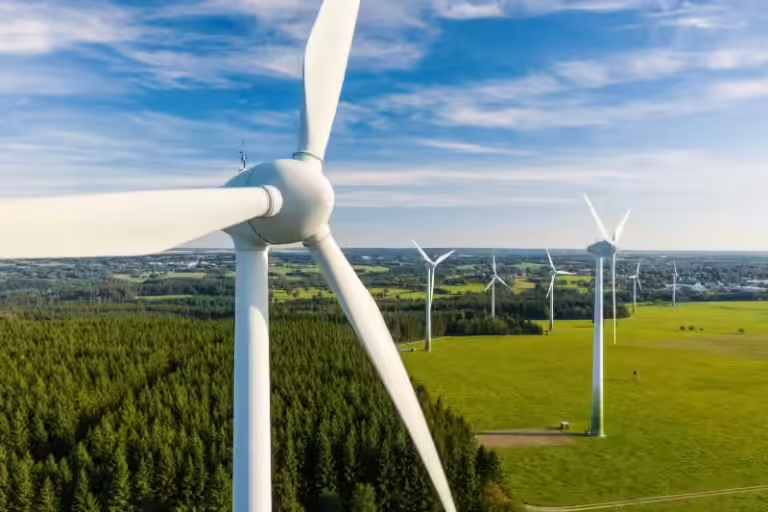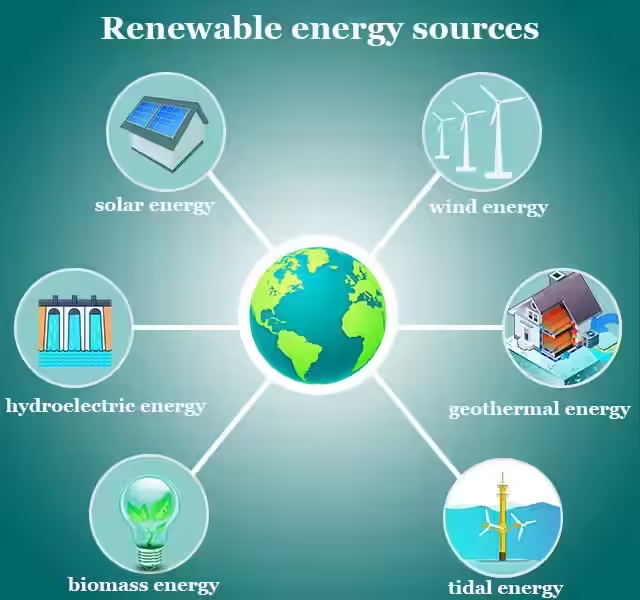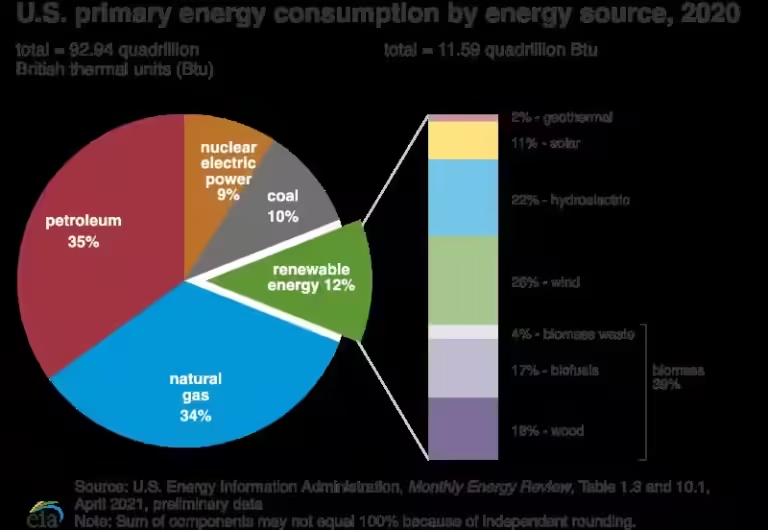Why Wind is a Different Type of Resource Than Coal
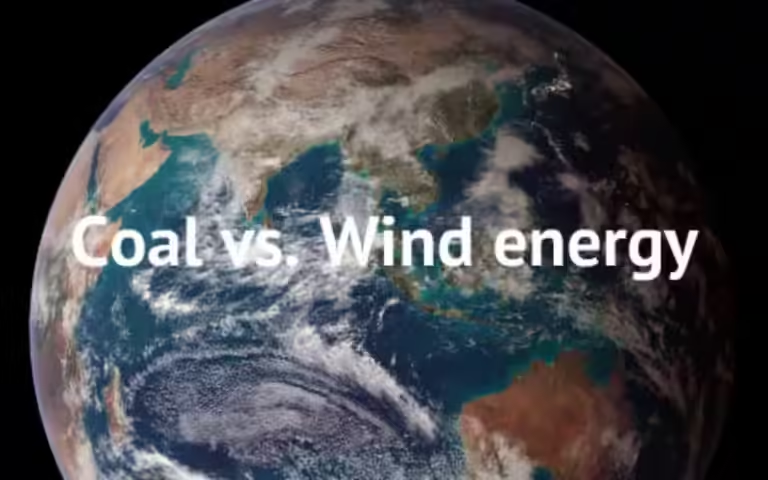
The world's energy landscape is undergoing a dramatic transformation, with a growing emphasis on renewable energy sources. Among these sources, wind power has emerged as a significant player, offering a clean and sustainable alternative to traditional fossil fuels like coal. But what exactly sets wind apart from coal? Why is it considered a different type of resource?
Wind: A Renewable and Sustainable Energy Source
Wind power is a form of renewable energy—meaning it comes from a source that replenishes itself naturally over time. The wind is constantly being driven by the sun's energy, creating a continuous and inexhaustible source of power. This contrasts sharply with coal, which is a non-renewable fossil fuel.
Coal is formed over millions of years from the remains of ancient plants and animals buried deep within the earth. This process makes it a finite resource, meaning there is a limited supply that will eventually run out. The continued extraction and combustion of coal lead to harmful environmental impacts, including air pollution, greenhouse gas emissions, and climate change. Wind power, on the other hand, produces clean energy without releasing these harmful pollutants.
The Power of Wind vs. The Limitations of Coal
Wind power is a versatile energy source that can be harnessed in various ways. It can be used to generate electricity through wind turbines, pump water, and even propel sailing ships. The technology for capturing wind energy has advanced significantly in recent years, leading to increased efficiency and cost reductions. Wind turbines are now capable of generating enough electricity to power entire towns and cities.
Coal, however, faces significant limitations. Its extraction and combustion processes are often associated with environmental damage and health risks. Coal mining can lead to habitat destruction, water contamination, and respiratory problems. The burning of coal releases harmful pollutants into the atmosphere, contributing to acid rain, smog, and respiratory illnesses. These negative impacts have led to increasing calls for a transition away from coal and towards cleaner energy alternatives like wind.
Comparing the Sustainability of Wind and Coal
The key difference between wind and coal lies in their sustainability. Wind power is a renewable and sustainable energy source, meaning it can be used indefinitely without depleting natural resources or harming the environment. This makes it a crucial part of the global effort to combat climate change and transition to a more sustainable energy future.
Coal, on the other hand, is a non-renewable and unsustainable energy source. Its continued use contributes to environmental degradation and climate change. As we move towards a more sustainable world, the transition away from coal and towards renewable energy sources like wind is essential.
The Future of Wind Power
The future of wind power is bright. Technological advancements are making wind turbines more efficient and cost-effective, leading to increased adoption worldwide. As the demand for clean and sustainable energy grows, wind power is poised to play an increasingly significant role in meeting the world's energy needs. By embracing wind power, we can create a future that is powered by clean energy and free from the harmful impacts of fossil fuels.
In conclusion, wind and coal represent fundamentally different energy resources. Wind is a renewable, sustainable, and clean energy source that offers a viable solution to the world's energy challenges. Coal, however, is a non-renewable fossil fuel that continues to contribute to environmental damage and climate change. The shift towards renewable energy sources like wind is essential for building a sustainable future.
Frequently Asked Questions
Why is wind a different type of resource than coal?
Wind is a renewable resource, meaning it is naturally replenished over time. Coal, on the other hand, is a fossil fuel, a non-renewable resource formed over millions of years.

